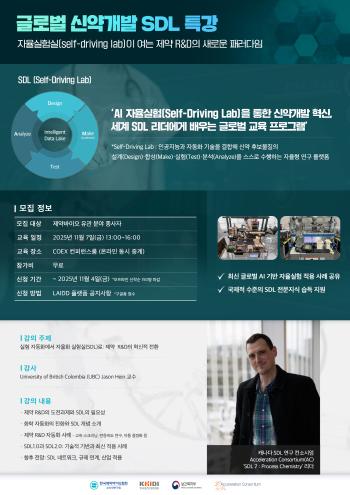Small polyps are the seeds of colon cancer...Even if you don't have symptoms, you need to be tested from the age of 45
Apr 08, 2025
|
Polyps are lesions in which the mucous membranes inside the body proliferate and protrude. The large intestine is 150 cm long, and the debris stays for a long time, which can cause physical and chemical damage. Along with this, the process of damaging and recovering the mucous membrane is repeated, creating an environment in which polyps can occur well on the surface of the mucous membrane. This is why polyps are common in the large intestine.
Although one specific cause of occurrence cannot be defined, genetic factors are currently considered to be 20-30%, followed by lifestyle. Excluding aging and genetic factors, there are wrong eating habits, lack of physical activity, obesity, drinking, and smoking.
Most are asymptomatic. Rarely, polyps can become so large that bleeding or pain can occur. Regular checkups for early detection are important, and endoscopy, which allows the operator to diagnose polyps with his or her own eyes, is the most reliable diagnostic method at present.
Colonoscopy is usually divided into diagnostic endoscopy and treatment endoscopy. The diagnostic endoscope is to determine the presence or absence of cancer or polyps, and the therapeutic endoscope is to directly treat polyps or early cancer using instruments. If the size of the polyp is not large, a treatment endoscopic procedure to remove the polyp is performed while performing a diagnostic endoscopy.
There are two types of therapeutic endoscopy: endoscopic mucosal resection (EMR) and endoscopic submucosal dissection (ESD).
The treatment method is decided in consideration of the size and shape of the polyp. Endoscopic mucosal resection is usually performed when removing small colon polyps around 1 to 2 cm. It is a method of removing small polyps for the purpose of preventing cancer by using a noose. However, polyps larger than 2 cm may cause complications of bleeding or perforation during the removal process, so inpatient treatment is required for safety.
Endoscopic submucosal dissection is a method of collectively resecting the colon polyps after separating the mucosal layer and the submucosal layer with the polyps by injecting drugs into the submucosal layer of the large intestine. The advantage of this batch resection is that it lowers the risk of recurrence of polyps and, if cancer is suspected, biopsy can most accurately determine the progress of cancer, such as invasion of the submucosal layer, blood vessels and lymphatic vessels. If there is no risk factor for lymph node metastasis after biopsy, it can be said to be a minimally invasive surgery that can avoid surgical treatment of early colon cancer.
Professor Kim Dong-woo of the Department of Gastroenterology at Korea University Ansan Hospital said "Colorectal polyps can be largely divided into tumor and non-tumor, and tumor polyps that have the potential to progress to cancer, such as adenoma, must be removed."Recently, it has been found that non-tumor cases such as hyperplastic polyps can also progress to cancer, so it is difficult to rest assured that the possibility of malignancy is low. Basically, it's better to get rid of all but a small polyp in the workplace as much as possible"
Diet management is important for prevention. Reducing the intake of red meat and processed meats such as ham, sausage, and bacon is helpful, and eating foods rich in dietary fiber and calcium instead. In addition, smoking increases the risk of colon polyps and colorectal cancer, so you must quit smoking.
Professor Kim said, `No matter how careful and careful you are, colon polyps cannot be prevented 100%"Even if there are no symptoms, it is more important than anything else to prevent colorectal cancer from the age of 45 to 50 to undergo screening tests for colorectal cancer such as fecal occult blood tests or colonoscopy."
|
This article was translated by Naver AI translator.















